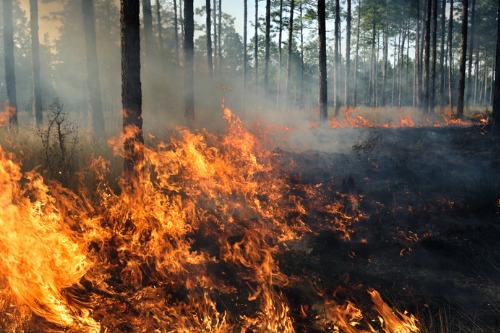

After being battered by bushfires, floods, and other severe weather all in a matter of months, Australians are now facing a fresh risk – that of insurance “red zones,” experts have warned.
As climate change increasingly worsens the frequency and severity of weather events, it is expected that the number of red zones – where home insurance is inaccessible or only available for above 1% of the property’s value – will also rise. This will not only make the properties in those areas uninsurable but also tougher to sell, leaving some homeowners “stranded” and in a financial bind.
“A flooding event might have happened only once in 100 years, but with climate change that might become every 50 years, which means there’s a good chance it could happen during the life of your mortgage,” climate risk expert Karl Mallon, of Climate Risk, told news.com.au. “Insurance is not designed for something that is going to happen, it’s designed for something that’s not going to happen most of the time.”
Mallon said his firm expected the number of properties in red zones to “at least double” based on an increase in “extreme precipitation events causing flooding” as well as the “relatively new phenomenon of coastal inundation.”
One such area Mallon said appeared to have been pushed into a red zone was Stockton in Newcastle, NSW after a recent inundation, with one of the locals posting on Facebook that his insurance had spiked.
“Warning on Insurance… So I went to transfer my house contents insurance today to another house in Stockton and was advised by Youi Insurance that their underwriters won’t insure new policies in Stockton,” the Facebook user said. “Quotes from other companies were on average $190 per month versus my previous $30 per month. Just a heads up to everyone.”
Others reported similar insurance problems, with some insurers considering the area to be at high risk of inundation and flood, the report said.
“Let’s not dress this up – this is about much more than insurance. If red zones expand, then the number of people in area where they can’t afford flood cover will increase,” Mallon told news.com.au. “Once that happens… more people will not have the resources to rebuild.”
A national risk report by XDI, Climate Risk’s sister company, revealed the top-10 local government areas at risk from all hazards: the Gold Coast, Brisbane, Sunshine Coast, Fraser Coast, Moreton Bay and Mackay in Queensland, Greater Shepparton and Wangaratta in Victoria, and the Tweed and Central Coast regions in NSW.
Mallon also warned that the high cost of insurance could become a factor when assessing mortgage serviceability, which could result in homeowners in at-risk areas getting “stranded” when they decided to sell. This sentiment was shared by Doug Driscoll, real estate expert and Starr Partners chief executive.
Driscoll told the publication that with more than 2,000 homes razed during the 2019-20 bushfire season, the economic survival of these communities was at risk if red zones spread as a result.
“We only have to look at the insurance cost of the Townsville flood devastation, which peaked at $1.24 billion, to know that both insurers and banks are jittery about insuring or lending on a property that is at risk of flood or fire,” Driscoll told news.com.au. “We may choose a property, but until we pay down the loan in full, the bank ultimately owns it, so they are right to be nervous.”
